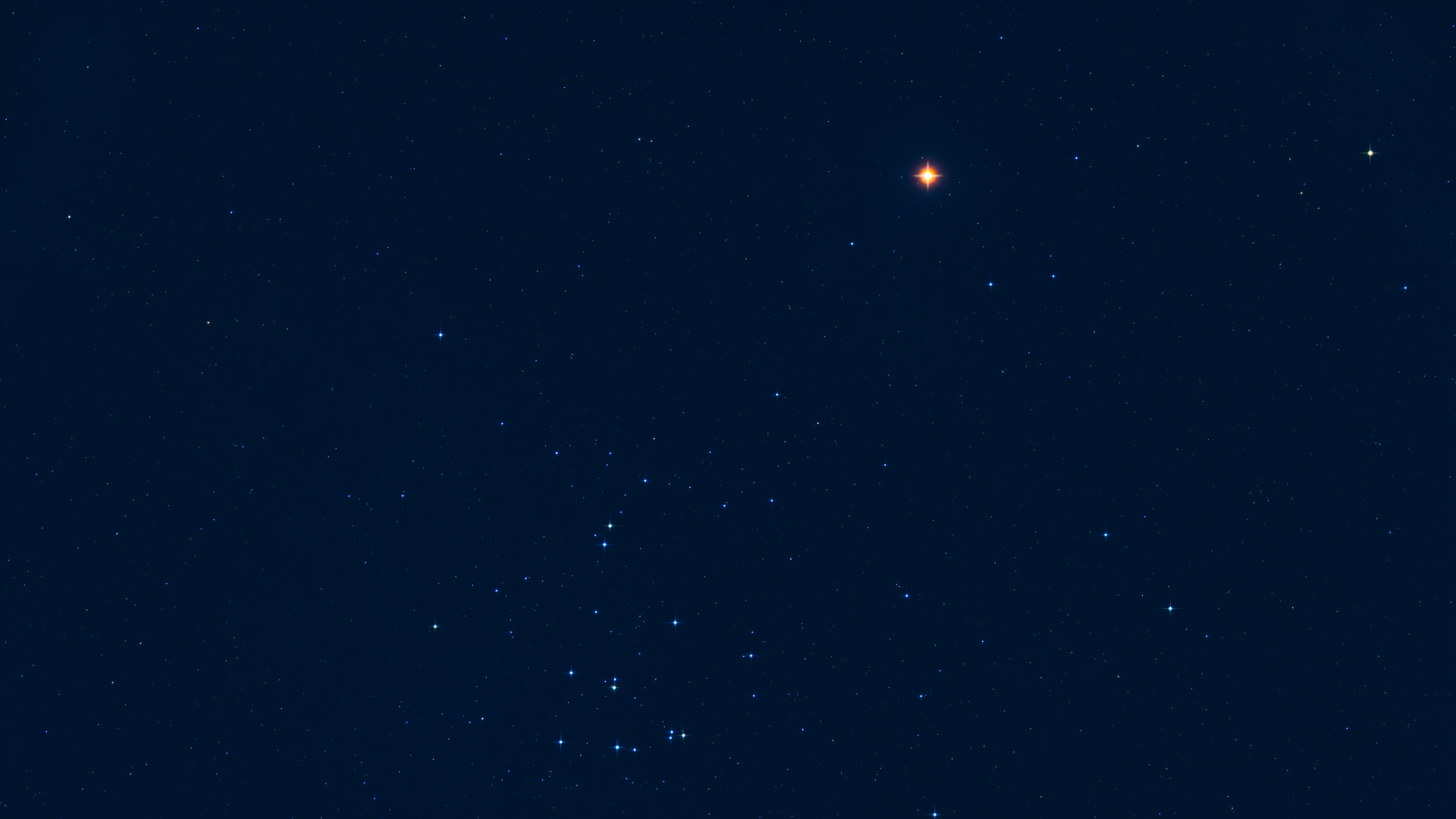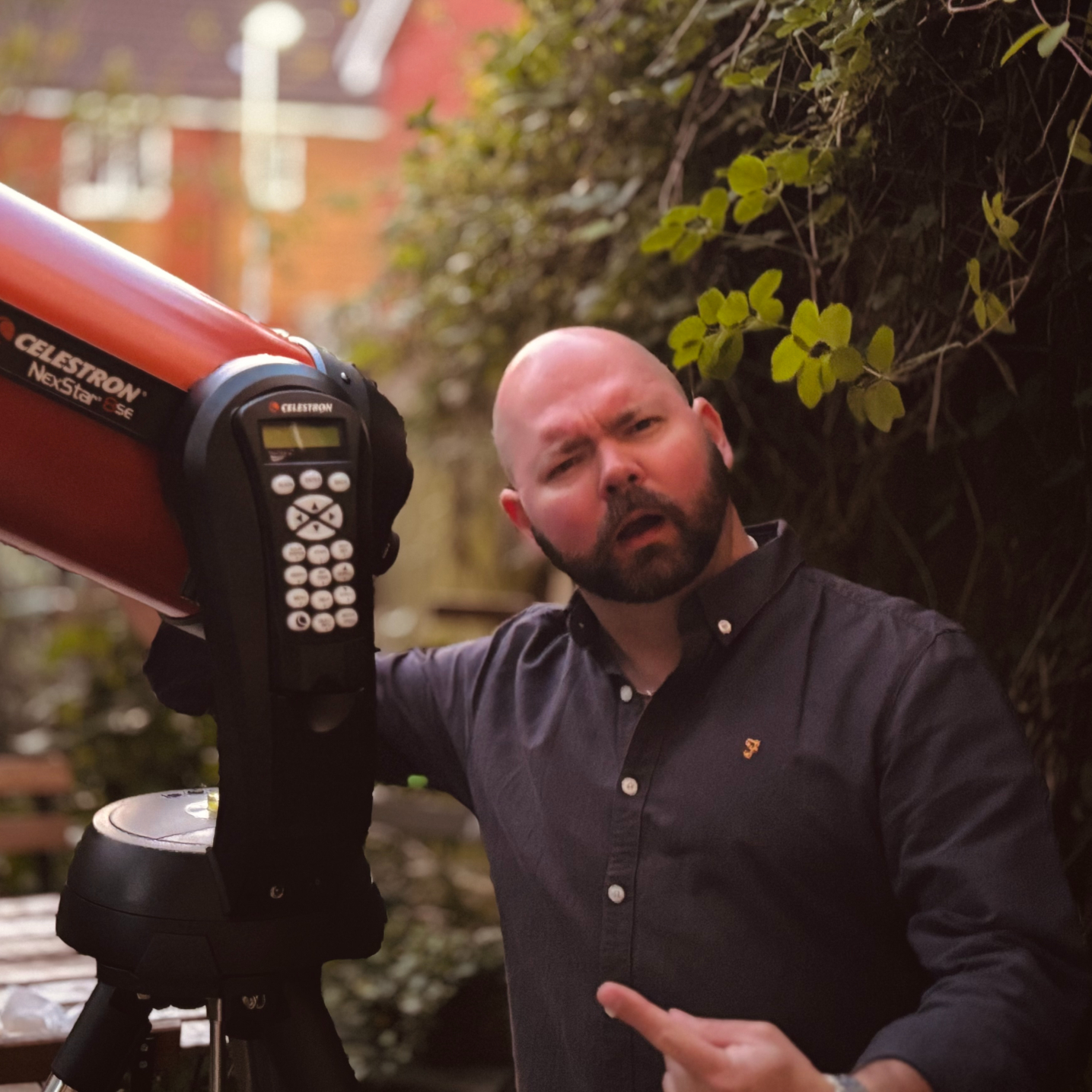See Mars and Mercury shine in the glow of the setting sun on Nov. 12
Mars and Mercury will appear close to one another in the southwestern sky on Nov. 12.

Look low on the southwestern horizon at sunset on Nov. 12 for a chance to see swift Mercury close to the red light of Mars in the evening sky, but fair warning — you'll need to be quick to spot the elusive planets before they slip quickly out of sight.
Mercury will be positioned roughly 5 degrees above the horizon at sunset on Nov. 12, with Mars shining roughly 1 degree to its upper right. Remember: the width of your three middle fingers held at arm's length accounts for 5 degrees in the night sky, while the span of your little finger is the equivalent to roughly 1 degree.
Both objects will be challenging to spot in the glare of the setting sun, becoming more visible as the sun passes deeper below the horizon. As such, you'll need to find a clear view to the southwest to give yourself the best shot at seeing the planets before they set less than an hour after the sun.
Mercury will have leapt to the right of Mars by the following evening and will continue its journey westward in the nights that follow. Mars and Mercury are positioned close to the sun in November and so the utmost care must be taken not to point a telescope or binoculars in their direction until the sun is safely below the horizon. You can check sunset times for your location using the website TimeandDate.
The past month has seen Mercury and Mars perform a delicate dance, during which the innermost planet tracked a path from right to left beneath the Red Planet in Earth's sky, before appearing to retrace its steps, as its tight orbital leash brought it closer to the sun. This visual effect is known as retrograde motion and occurs in November as faster Mercury draws alongside and passes Earth in its orbit, making the planet temporarily travel east to west in our sky. Mars, meanwhile, continues its apparent 'prograde motion', moving west to east through the starfield beyond.
Both worlds will appear progressively lower on the horizon at sunset in the coming months ahead of their respective solar conjunctions, when they will be at their closest to the sun in Earth's sky — an event that will occur on Nov. 20 for Mercury and in January 2026 for Mars.
Editor's Note: If you would like to share your planetary astrophotography with Space.com's readers, then please send your photo along with any comments, your name and the location of your shoot to spacephotos@space.com.
Breaking space news, the latest updates on rocket launches, skywatching events and more!

Anthony Wood joined Space.com in April 2025 after contributing articles to outlets including IGN, New Atlas and Gizmodo. He has a passion for the night sky, science, Hideo Kojima, and human space exploration, and can’t wait for the day when astronauts once again set foot on the moon.
You must confirm your public display name before commenting
Please logout and then login again, you will then be prompted to enter your display name.
